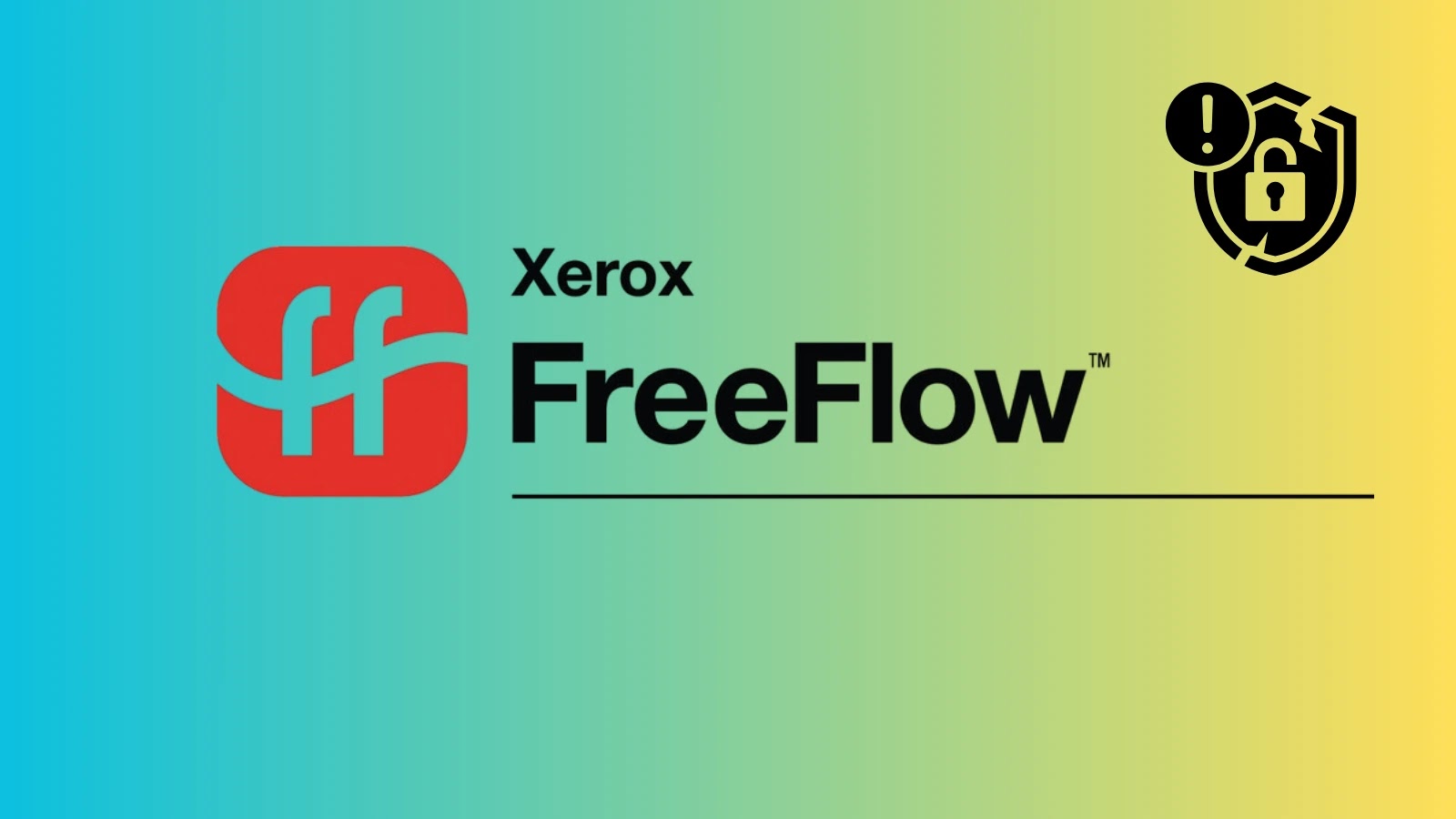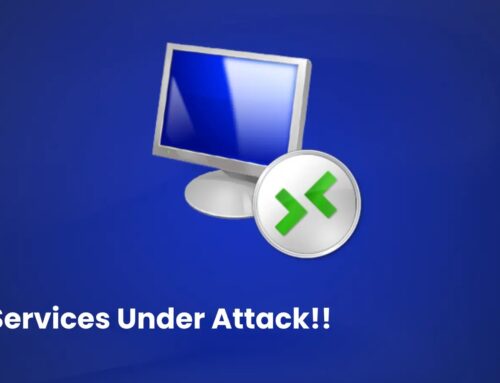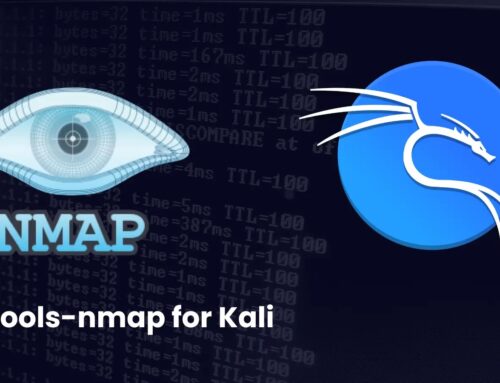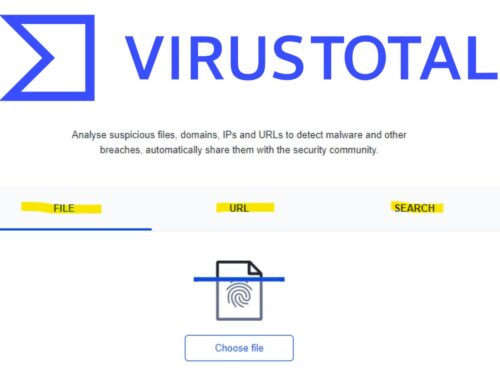
Xerox FreeFlow Vulnerabilities leads to SSRF and RCE Attacks
Urgent Patch Alert: Critical Vulnerabilities in Xerox FreeFlow Core Opened Doors to SSRF and RCE
The operational backbone of many print environments and graphic arts production workflows, Xerox FreeFlow Core software, has been identified as harboring two severe vulnerabilities that demand immediate attention. Security researchers at Horizon3.ai recently unearthed critical flaws, tracked as CVE-2025-8355 and CVE-2025-8356, which, if exploited, could allow attackers to execute arbitrary remote code and perform damaging server-side request forgery attacks. This urgent security update affects FreeFlow Core version 8.0.4. Organizations leveraging this software must prioritize immediate patching to mitigate significant risks.
Understanding the Threat: CVE-2025-8355 and CVE-2025-8356
These two vulnerabilities represent a severe security risk due to their potential impact on confidentiality, integrity, and availability of affected systems. A detailed breakdown:
- CVE-2025-8355: Remote Code Execution (RCE) VulnerabilityThis flaw allows an attacker to execute arbitrary code on the server hosting Xerox FreeFlow Core. RCE vulnerabilities are among the most dangerous as they grant adversaries significant control over the compromised system, potentially leading to data exfiltration, system corruption, or establishing persistence for further network penetration.
- CVE-2025-8356: Server-Side Request Forgery (SSRF) VulnerabilityAn SSRF vulnerability enables an attacker to coerce the server-side application into making requests to an arbitrary domain of the attacker’s choosing. This can be exploited to interact with internal services that are not directly exposed to the internet, scan internal networks, or even access sensitive data from other servers within the organization’s infrastructure. In the context of FreeFlow Core, this could expose backend components or other networked devices to unauthorized access.
Both vulnerabilities, when chained or exploited individually, pose a direct threat to the operational integrity and data security of environments relying on Xerox FreeFlow Core.
Impact of Exploitation
The consequences of a successful exploit are substantial:
- Data Breach: Attackers could gain access to sensitive print jobs, customer data, or internal network information.
- Operational Disruption: RCE could lead to system shutdown, data corruption, or the deployment of ransomware, disrupting critical business operations.
- Network Compromise: SSRF can serve as a pivot point to map internal networks, discover other vulnerable systems, and escalate privileges within the organization’s infrastructure.
- Reputational Damage: A security incident can severely impact an organization’s trust with clients and partners.
Remediation Actions
Immediate action is crucial to protect your systems. Organizations using Xerox FreeFlow Core should take the following steps:
- Patch Immediately: The primary and most critical action is to apply the security update provided by Xerox. Ensure your FreeFlow Core software is updated to a version that addresses CVE-2025-8355 and CVE-2025-8356. Consult Xerox’s official support channels and documentation for the correct patch version and installation instructions.
- Network Segmentation: Isolate FreeFlow Core servers on a dedicated network segment, limiting their ability to interact with other critical internal systems and the broader internet.
- Principle of Least Privilege: Ensure that the FreeFlow Core software and its underlying operating system run with the minimum necessary privileges required for their function.
- Regular Backups: Maintain regular, secure backups of all critical data and configurations associated with FreeFlow Core. This facilitates rapid recovery in the event of a compromise.
- Monitor Logs: Implement robust logging and regularly review logs for any anomalous activity, unusual outbound connections, or unauthorized access attempts related to the FreeFlow Core application.
- Web Application Firewall (WAF): Consider deploying a WAF in front of web-facing components of FreeFlow Core to provide an additional layer of protection against known attack patterns.
Tools for Detection and Mitigation
While patching is the ultimate solution, certain tools can assist in identifying potential vulnerabilities and reinforcing defenses:
| Tool Name | Purpose | Link |
|---|---|---|
| Nessus | Vulnerability scanning and patch management verification. | https://www.tenable.com/products/nessus |
| OpenVAS | Open-source vulnerability scanner to identify unpatched systems. | https://www.greenbone.net/en/openvas-getting-started/ |
| Wireshark | Network protocol analyzer for monitoring suspicious network traffic. | https://www.wireshark.org/ |
| ModSecurity | Open-source Web Application Firewall (WAF) for HTTP traffic filtering. | https://www.modsecurity.org/ |
Key Takeaways for Cybersecurity Resilience
The discovery of critical vulnerabilities in widely used software like Xerox FreeFlow Core underscores the continuous need for vigilance in cybersecurity. Prioritizing software updates, implementing robust network segmentation, and fostering proactive threat intelligence practices are fundamental to maintaining a secure operational environment. Organizations should treat security updates as critical business processes, not merely IT tasks, to effectively counter the evolving threat landscape.





